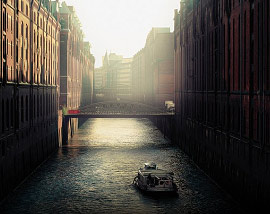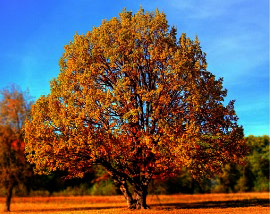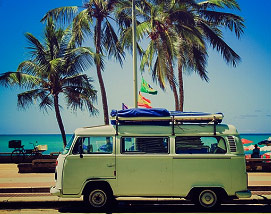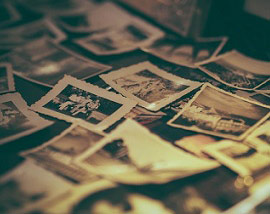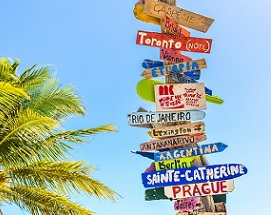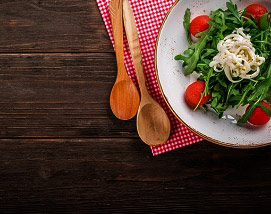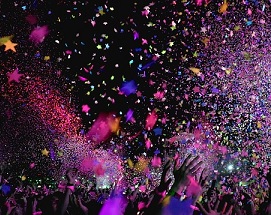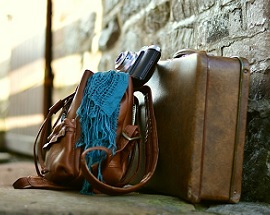Belarus is a small country in Eastern Europe, surrounded by Russia, Ukraine, Poland, and Lithuania. As a country with a tumultuous past – second world war, Polish-Soviet war etc, it has recovered from the various changes to its landscape. Today, a Belarus tour would take you through Minsk, the capital city with its splendid architecture, Brest which is best known for the 19th century fortress or Grodno, with its 12th century church.
The traditions of the country have been handed down from generation to generation but there are definite bold spots of modernity in most of the cities, especially in Minsk. The city is clean and fashionable with trendy cafés, sushi bars, restaurants, art galleries and nightclubs, everything one would expect from an upcoming city. Other cities in Belarus that have escaped bombing from the world wars have architecture that predates this century and several others. So, Belarus tourism will definitely allow a glimpse into the past, even if it’s through a modern lens.
Belarus Geography
Belarus is flat and has marshy land in several places. Around 40% of the country is covered with forests and there are several streams and as many as 11,000 lakes that can be found here. Belarus is rich in natural resources, peat deposits, granite and dolomite to name a few. There are three major rivers that run through the country – Neman, Pripyat and Dnieper.
Belarus Climate
Belarus is known to have a temperate-continental climate. This is typical of Central Europe, featuring hot summers and long, cold winters. The annual average temperature is 7 degrees centigrade and winter might sometimes last from December till March. Summer can be sunny and dry. The other two seasons – Autumn and Spring tend to be damp and rainy. Since rain is a possible occurrence at any time of the year, it’s always better to be prepared with rain gear if you are doing a Belarus tour.
Belarus Culture
Belarus is an ancient country with a history that goes back to the 9th century. The people of Belarus are mostly Christians and they speak Belarusian and Russian. They also speak Ukrainian and Polish. There is a rich cultural heritage in Belarus that makes its presence felt through musical and literary works such as the opera, ballet, theatrical performances, art and cinema.
Belarus Tourism
Belarus tourism begins with Minsk, the capital city which is neat, clean and every bit modern. With a number of monuments here to satisfy your architectural curiosity, Minsk also has parks and gardens and the Gorky Central Children’s Park is quite well-known for its rides and an observation wheel that provides great views of the city. Museums offer a glimpse into the past while the Independence Square is said to be one of the largest public squares in all of Europe, where you can spend a quiet evening watching the water fountains.
Further down southwest is Brest, a city that is known for the Brest Hero Fortress, a site of Soviet resistance during World War II. The 19th century fortress is a striking war monument and there’s a museum here as well. Another aspect of Brest that can capture your interest is the Brest Railway Museum with full-scale trains, at least more than 50 locomotives and passenger cars on display.
Towards the west, there’s Grodno, with the Old Castle, a palace in the Renaissance style which is located within an 11th century fort while a New Castle was built as a Royal residence much later in the 18th century. Other notable monuments here are the 12th century Kalozha Church and St. Francis Xavier Cathedral.
In northeast Belarus, there’s Vitebsk which is famed for being the birthplace of artist Marc Chagall. The Chagall House Museum, his former home, displays some of his early works. There’s an interesting collection of weapons and artefacts in the Vitebsk Regional Museum.
Polotsk is another city that is worth exploring. Said to be the oldest city in Belarus, going all the way back to the year 862, there are several heritage buildings here that you can explore. For instance, there’s the medieval Cathedral of Saint Sophia, which was restored in the Baroque style or the many cultural museums in the city.
Overall, Belarus tourism is just picking up from the past few years and if you time it correctly, you might be able to visit many of these places without crowds jostling along with you.


